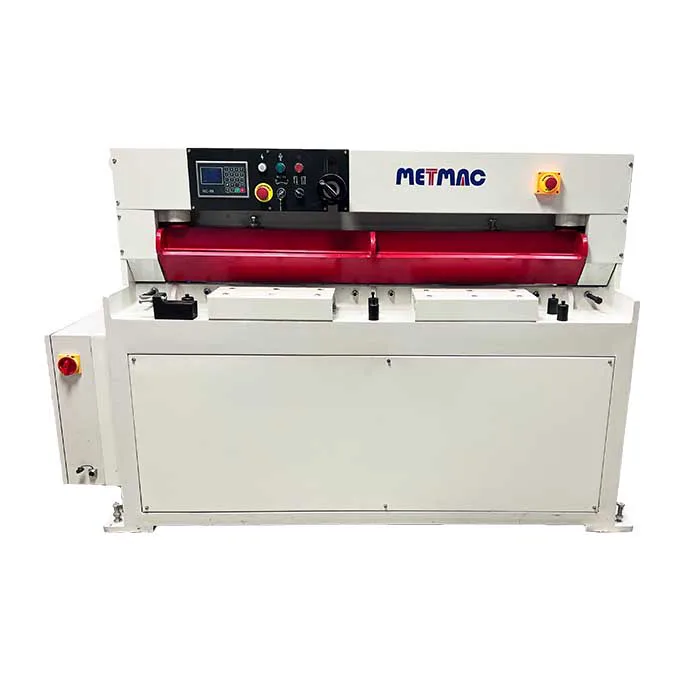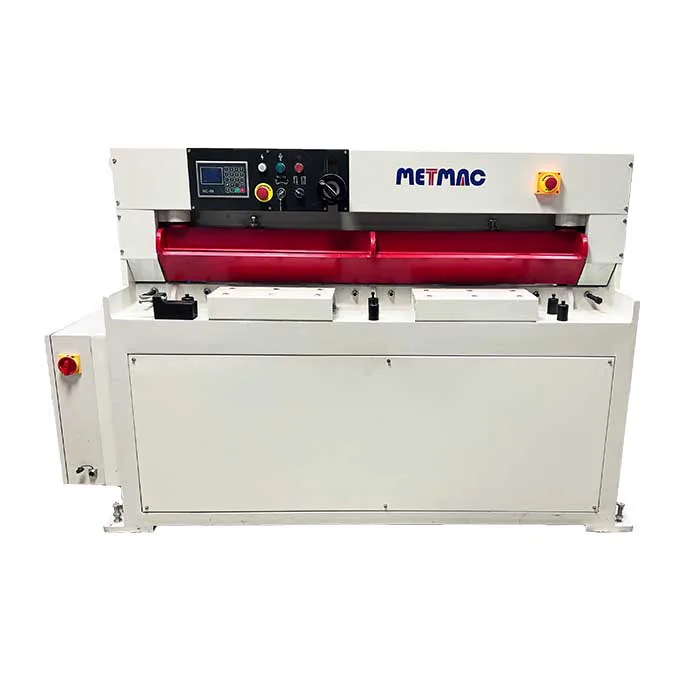
Sharp Angles, Seamless Results- Mastering Sheet Bending Techniques
- By:Metmac
- 2024-05-07
- 178
In the world of metalworking, sheet bending is an essential technique for creating precise shapes and angles. From intricate architectural components to functional automotive parts, the ability to bend sheet metal accurately and efficiently is a crucial skill for fabricators. “Sharp Angles, Seamless Results: Mastering Sheet Bending Techniques” delves into the intricacies of this craft, providing a comprehensive guide to achieving professional-grade bends with minimal effort.
Understanding the Basics of Sheet Bending
Sheet bending involves applying force to a sheet of metal to produce a permanent bend along a desired line. The key to successful bending lies in understanding the variables involved, including:
– Material Properties: Different metals have varying degrees of ductility, strength, and workability, which affect the bending process.
– Sheet Thickness: Thicker sheets require more force to bend than thinner ones, and the bend radius must be adjusted accordingly.
– Bend Angle: The desired angle of the bend dictates the setup and force required.
Choosing the Right Bending Tool
The choice of bending tool depends on the sheet metal properties, the bend angle, and the desired shape. Common bending tools include:
– Hand Brakes: Manual tools used for small-scale bending operations.
– Press Brakes: Hydraulic or mechanical machines that apply controlled force to bend sheets.
– Rollers: Continuous rolling machines that create gradual curves and cylindrical shapes.
– V-Groove Dies: Paired dies that produce sharp bends with a specific angle.
Setting Up for a Successful Bend
Proper setup is essential for achieving accurate and consistent bends. This involves:
– Calculating Bend Allowance: Determining the extra length required on the sheet to accommodate the bend radius.
– Marking the Bend Line: Clearly marking the desired bend location using a punch or scribe.
– Positioning the Sheet: Placing the sheet correctly in the bending tool and aligning it along the bend line.
Bending Techniques and Tips
Mastering sheet bending requires practice and an understanding of various techniques:
– Single Bending: Creating a bend in a single direction.
– Double Bending: Bending the sheet in opposite directions to create a more complex shape.
– Coining: Applying pressure to a specific area of the bend to create a sharp, defined crease.
– Edge Flanging: Bending the edge of the sheet to create a lip or flange.
Achieving Seamless Results
To achieve seamless bends, attention to detail is paramount:
– Lubricating the Bend: Applying a lubricant to the bend line reduces friction and ensures a smooth bend.
– Using Proper Clamping: Securely clamping the sheet in place prevents slipping and ensures accurate bending.
– Controlling Force: Applying the appropriate amount of force is crucial to avoid cracking or tearing the sheet.
– Inspecting the Finished Bend: Verifying the bend angle, checking for any defects, and making adjustments as necessary.
By following the principles outlined in “Sharp Angles, Seamless Results,” fabricators can master the art of sheet bending and produce precision-engineered components that meet exacting specifications.
-
Sheet Metal Machinery for Sale: Elevate Your Fabrication Capabilities with METMAC
2025/11/26 -
Laser Sheet Cutting Machine: Redefining Precision with METMAC Technology
2025/11/26 -
Sheet Shearing Machine: Achieving Unmatched Precision and Efficiency with METMAC
2025/11/26 -
Sheet Metal Forming Machine: The Art of Precision with METMAC Technology
2025/11/26
-
Advanced Sheet Metal Rolling, Laser Cutting, and Folding Machines for Precision Fabrication
2025/10/31 -
High-Performance Sheet Metal Bending and Cutting Machines for Modern Fabrication
2025/10/31 -
High-Quality Sheet Metal Equipment for Sale: Efficient Solutions for Modern Manufacturing
2025/10/31 -
High-Performance Sheet Metal Equipment for Sale: Forming and Shearing Solutions for Modern Fabrication
2025/10/22
-
A Guide to the Latest Innovations in Sheet Metal Folding Machines
2024/11/29 -
Key Features to Consider When Investing in a Sheet Metal Folding Machine
2024/11/28 -
Enhancing Precision with Advanced Sheet Metal Folding Machines
2024/11/27 -
How to Choose the Right Sheet Metal Folding Machine for Your Workshop
2024/11/26







